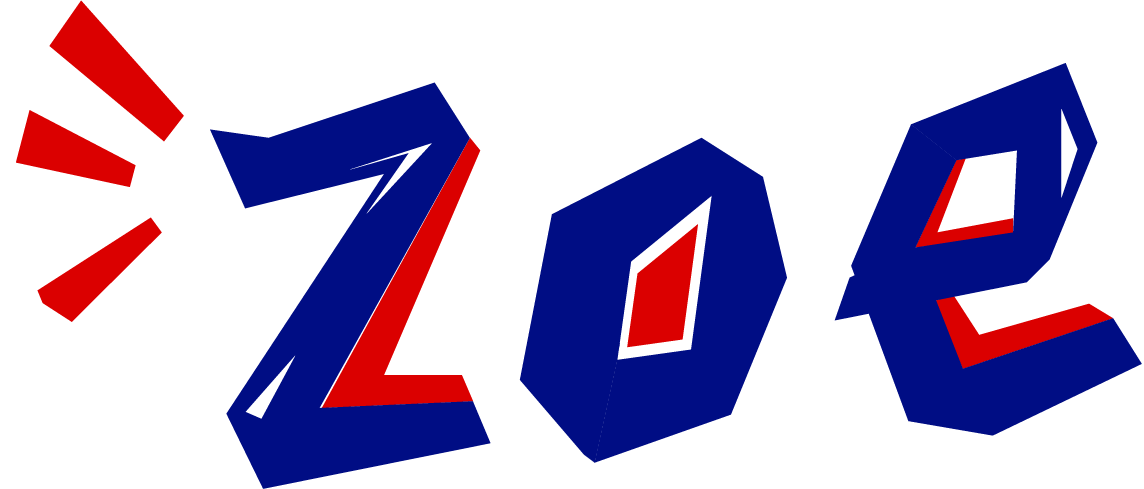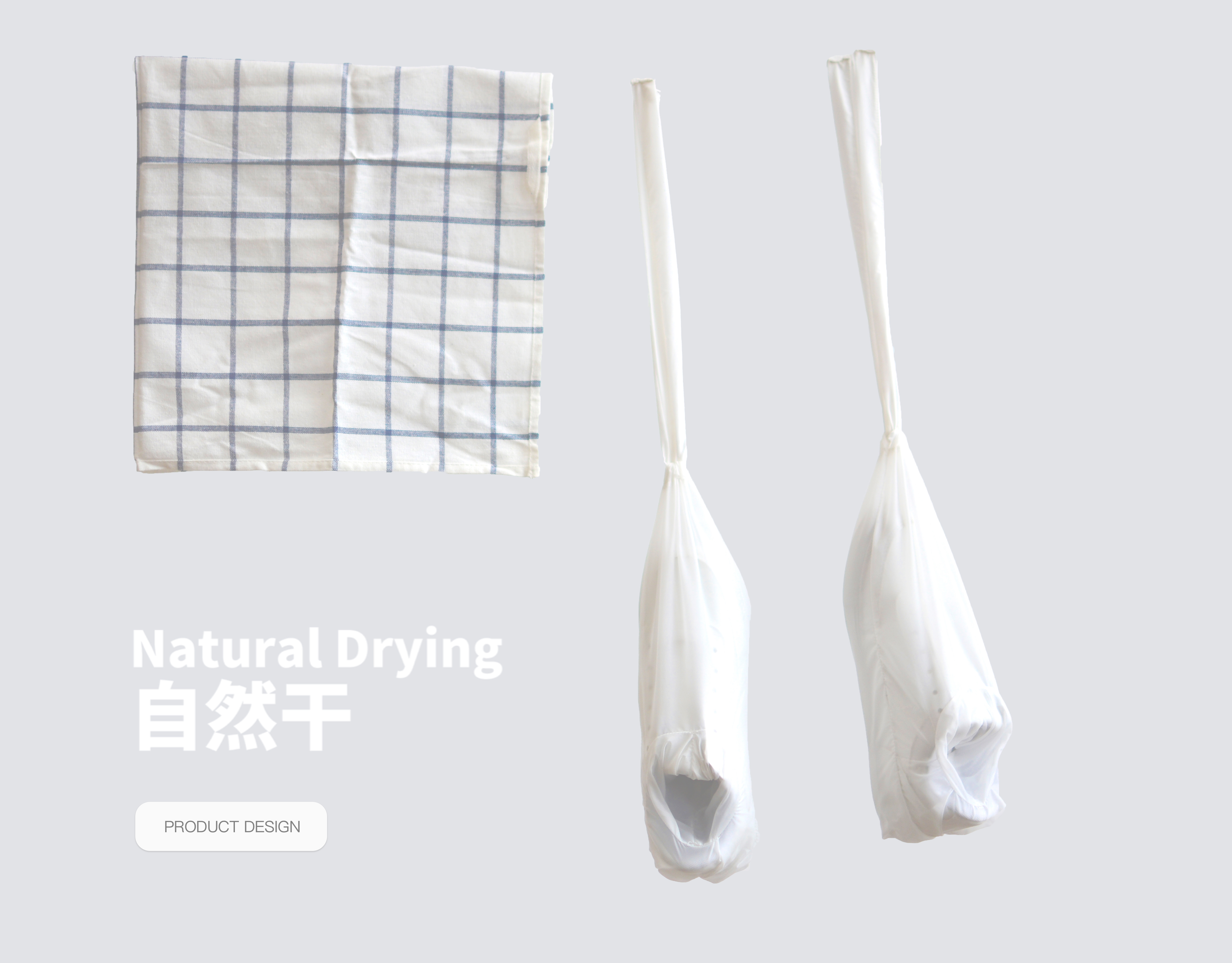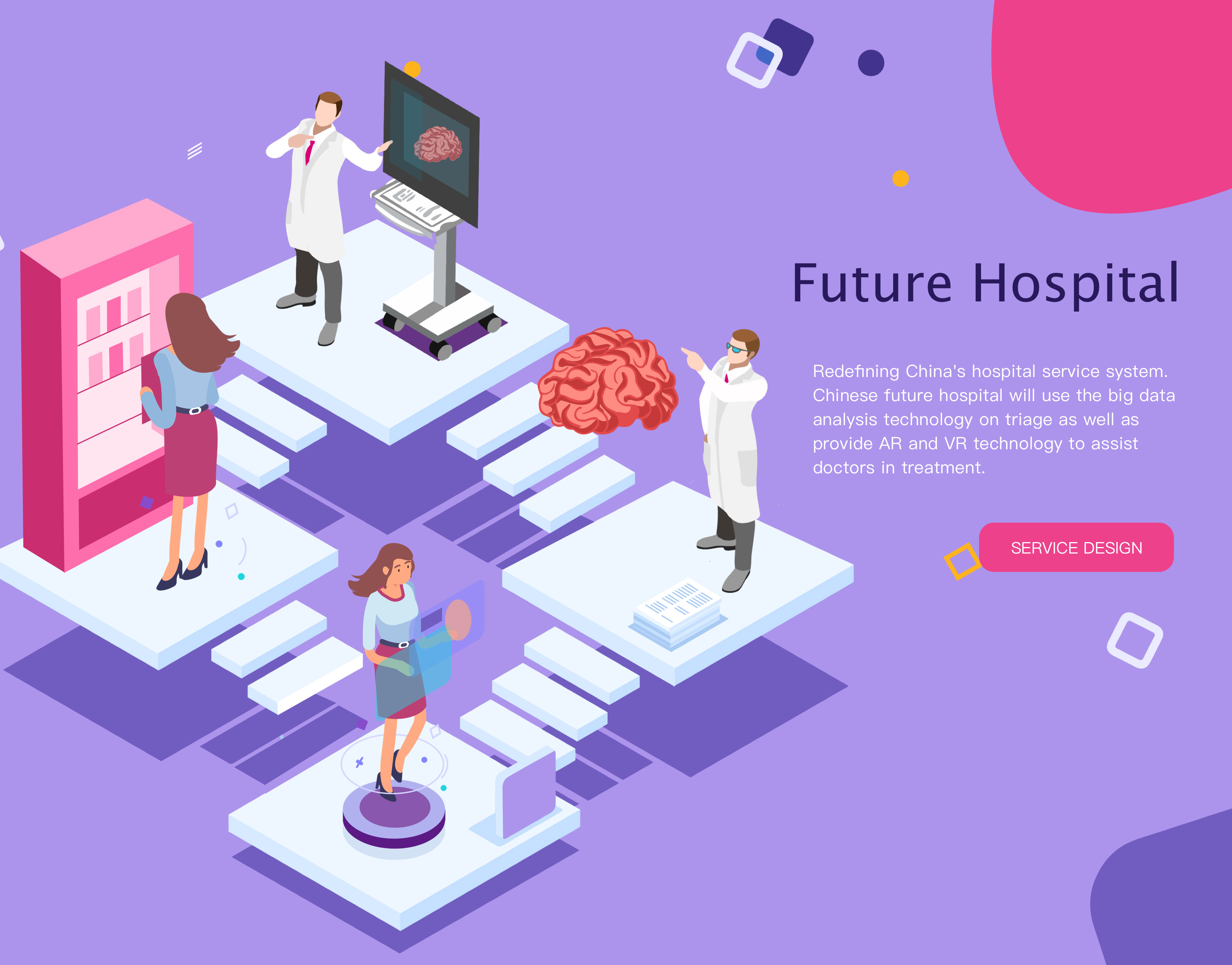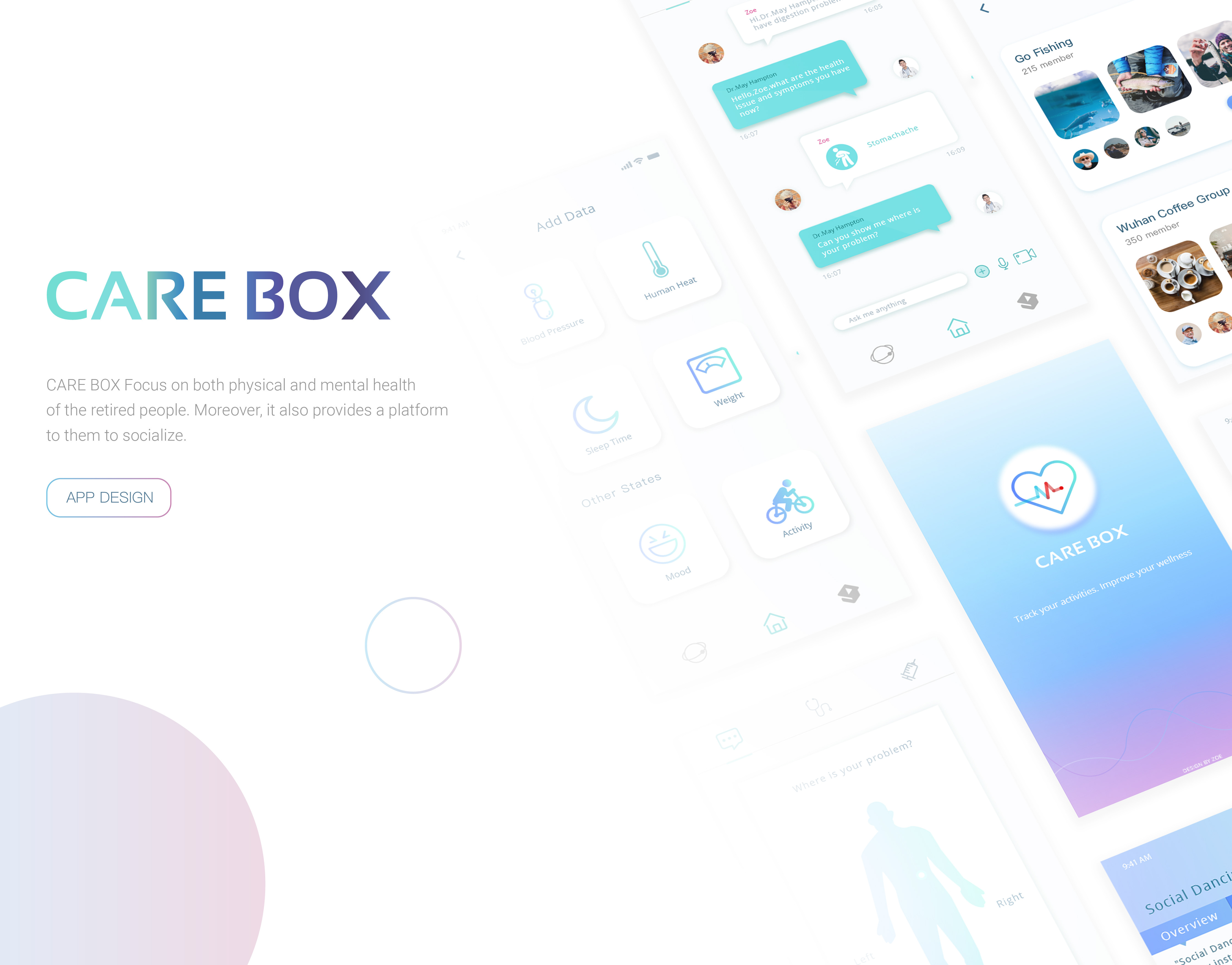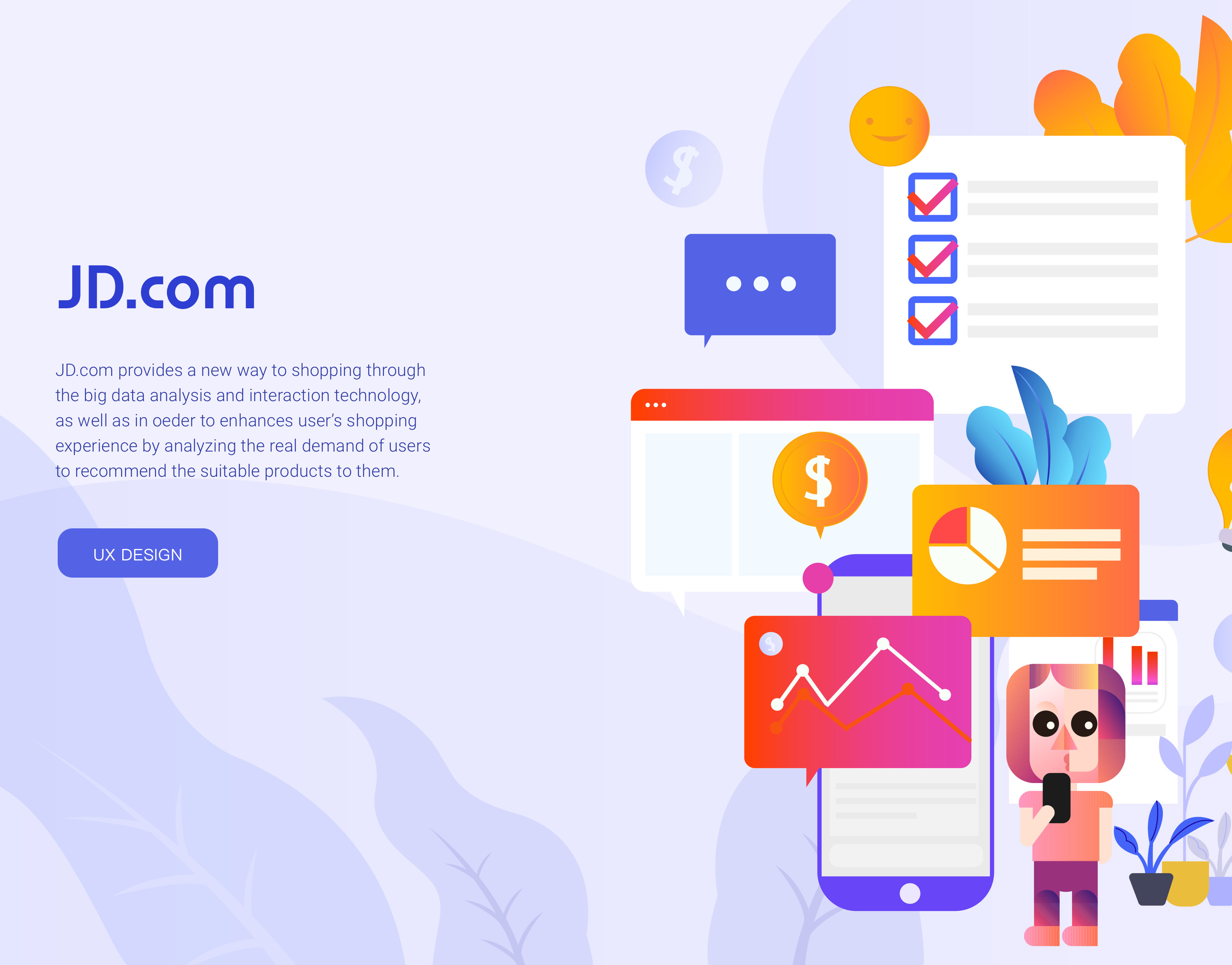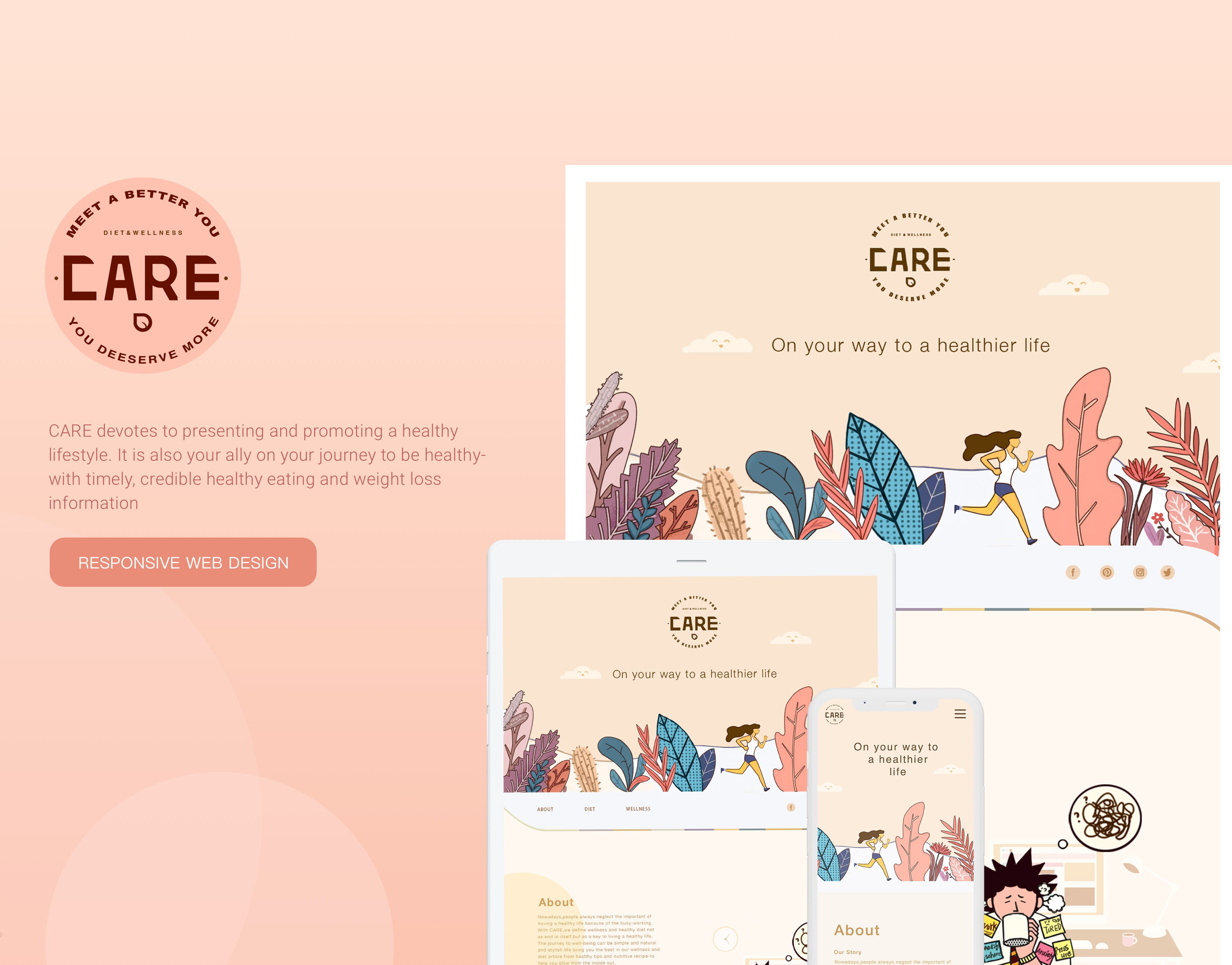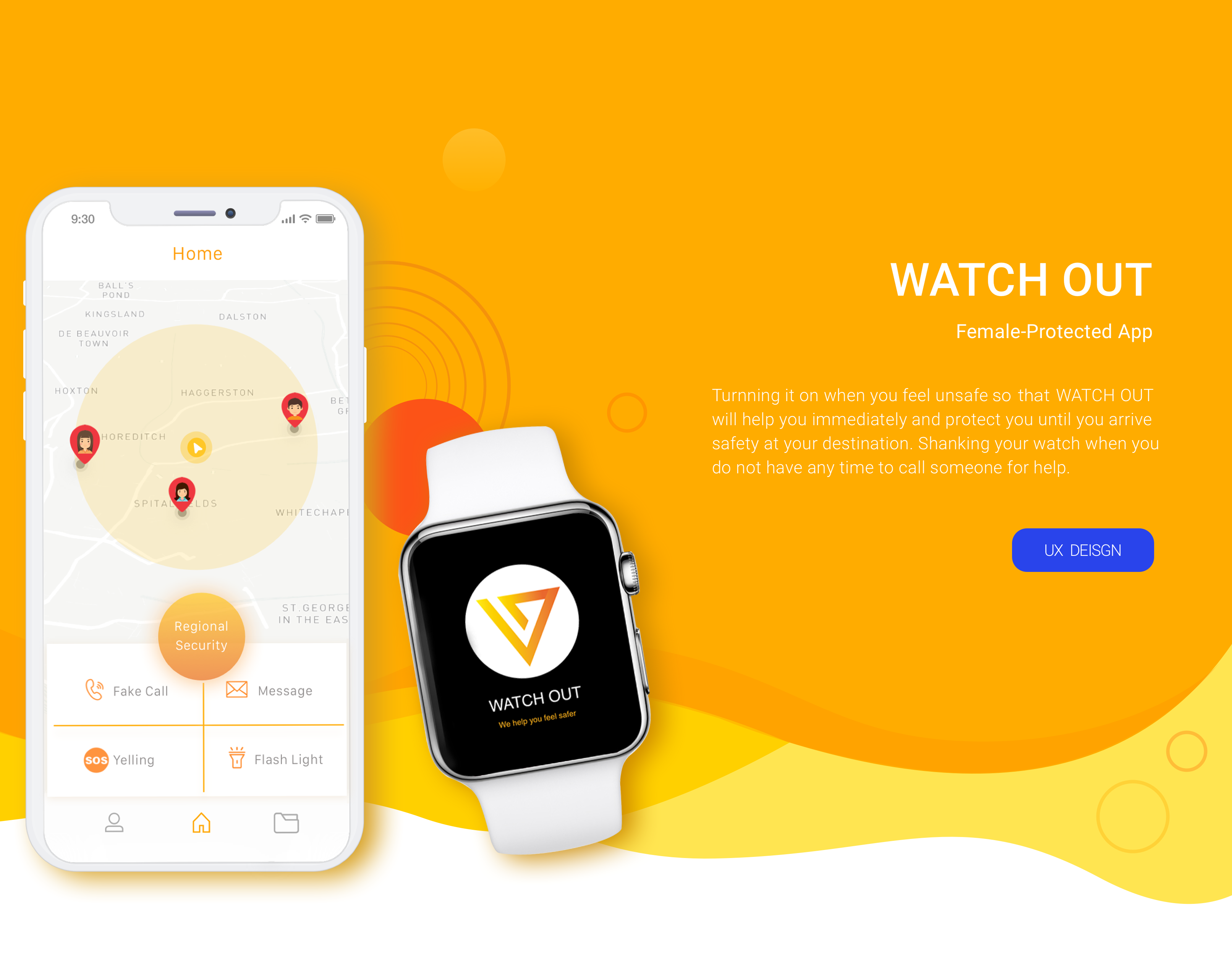Project Context
Resource Library is a database functionality on Hoffman Centre's website. Some specific resources, such as Research papers, Summary articles and Data sets are included in our library. People can share and access these information, and they also can create their knowledge map base on their interests of different topics as well as social relation network. Besides, people are allowed to pick specific topics and look at the different information under that category more in-depth.
Resource Library是霍夫曼中心网站上的一个数据库功能板块。图书馆里面包括了一些特定的资源,比如研究论文、摘要文章和数据集。人们可以共享和获取这些信息,也可以根据自己对不同话题的兴趣以及社会关系网络来创建自己的知识地图。除此之外,人们也可以选择特定的主题,并在这个类别下更深入地查看不同的信息。
Hoffmann Center Current Website: https://hoffmanncentre.chathamhouse.org/
ROLE:UX Designer
DATE:January 2020 - March 2020
METHODS & TOOL:User Interview, Competitive Analysis, Usability Studies, Affinity Diagram, Sketch
TEAMMATES:Faye (Designer), Lin (PM), Yitong Kong (Researcher)
Sponsored by: Applied Works & Hoffman Centre
Target group & Stakeholder
Target Group
Major thinkers; Corporate Leaders; Investors; Academics and Officials
The goal of Hoffman Centre
A sustainable resource economy, in which the world’s citizens and the environment can thrive. It works with thought-leaders in politics, business and research to accelerate the uptake of smart policies, technologies and business models that will reshape the world’s demand for resources and transform the global economy.
霍夫曼中心是一个政府性的机构,他们希望可以通过研讨会讨论促进可持续的资源经济的发展的计划。霍夫曼中心政治、商业和研究领域的学者有长久的合作,他们希望提供一个平台来为这些学者对新的技术和商业模式进行讨论,他们相信这些政策、技术和商业模式将重塑世界对资源的需求,并改变全球经济。
Inter-connectedness between stakeholders
Executing independently, we conducted user research and found out that our users are some experts as well as professors, and users actually feel excited and satisfied when they access different kinds of knowledge. They need more freedom to access an organize the knowledge they knew or they want to know, rather than to surf on our website. It's more about the knowledge acquisition experience, the interaction with the website, less about the knowledge showcase.
Therefore, our design question was "How might we help users access knowledge through different paths on our website?"
我们进行了用户研究,发现我们的用户大部分是专家和教授,他们对知识的需求与普通人不同,并且当他们接触到不同种类的知识时,他们会感到兴奋和满足。所以他们需要更多的自由来获取他们已经知道或想要知道的知识,而不是随意浏览我们的网站。更多的是知识获取体验,与网站的互动,而不是知识展示。
因此,我们的设计问题是“我们如何帮助用户通过不同的途径访问我们的网站上的知识?”
Process
Followed HCD process throughout 3 months
We followed the User Center Design process to investigate the way people socialize in the professional situation and how they usually access knowledge. We also focus on the information architecture on our website. Letting user research be our guide, we brainstormed and designed multiple solutions. We then tested our ideas via usability tests and developed a high-fidelity interactive prototype based on our findings.
我们遵循用户中心的设计过程来调查人们在专业场合下的社交方式以及了解他们通常是如何获取知识的,同时我们也侧重于我们网站上的信息架构。以用户研究为指导的基础上,我们集思广益,设计了多种解决方案。然后,我们通过可用性测试来测试我们的想法,并根据我们的发现开发了一个高保真的交互原型。
Finding
Website Analysis
To start with the research, we analyzed the information structure of Hoffman Centre and did some research thesis about information architecture. It involves current ingredients, target group, goal, competitor, and we paid attention to its current website structure, to be specific——about what the ingredients are and how they are organized to reach out to people.
首先,我们分析了Hoffman Centre的信息结构,并做了一些关于信息架构的研究论文。 我们对网站现在的内容,目标群体,目标,竞争者,网站结构进行了分析,其中我们非常关注网站的信息结构以及它们是如何组织起来接触人们的。
We learned that:
(1) Hoffman Centre's website consists of articles, events, research papers and data sets based on 3 themes (demand, industry, land economy). The existing level of information on the website is not very clear and people may not read the article in a systematic way.
Hoffman Centre的网站由文章、事件、研究论文和数据集组成,它们都基于3大主题(需求、工业、土地经济)。网站上现有的信息层级不是很清楚,人们可能不能系统地阅读文章。
(2) There are very few functions on the website, and current navigation only can be provided through searching content tags or author names and checking the event calendar, besides, that also lead to the low user engagement
网站上的功能比较少,目前的只能通过导航搜索内容标签或作者姓名和检查事件日历来获取知识。用户粘性低。
Field Research
We went to the conference of Hoffmann Centre, and did some observation for their offline resource.
We found that:
The members of the Hoffman Centre usually have a short conversation, such as the discussion of a specific topic before the conference, and we think might be an opportunity point for members to interact with others based on the specific knowledge as well as increase their engagement.
我们参加了霍夫曼中心的一个关于亚洲可持续发展的讲座,并尝试对会议的现场进行观察,希望可以从中发现一些设计机会点。 我们发现:在会议开始之前,会员们偏向于与感兴趣的人进行一段简短的交流,交流的题材可以是对会议的感受或者对某些时事的见解,我们认为这个细节可能可以作为我们的设计机会点去构建我们的资源图书馆并让会员之间进行“知识互换”。
参与会议的会员们通常利用短暂的交流时间促进自己对会议内容的理解,并且创建他们的人脉关系,除此之外,我们发现,会员们在Q&A环节结束后,与他认为和自己有相同见解的其他人进行进一步的交流。我们也采访了部分参会人员,他们表示,现在霍夫曼中心网站上的内容非常学术并且帮助他们了解了关于可持续发展的相关知识,但是他们希望可以阅读更加定制化的内容。
Literature Review
We reframed our literature review, trying to broaden our vision through developing the overall understanding of inter-connectedness beyond the screen. In addition, we also started to do a literature review to expand the understanding of interconnectedness based on knowledge as well as the social relationship. So we did brainstorming to consider what kind of inter-connectedness would happen in our daily life.
Then, we decided them into 4 fields——Social relationship, Architecture, Technology, Neurology and assigned the task of reading relevant essays individually.
Six degrees of separation and Dunbar's number theories play a big role in the interpersonal network. Six degrees of separation is the idea that all people are six, or fewer, social connections away from each other. Also known as the 6 Handshakes rule. As a result, a chain of "a friend of a friend" statements can be made to connect any two people in a maximum of six steps. It was originally set out by Frigyes Karinthy in 1929.
In 2014, LinkedIn rolled out a new feature called “How You’re Connected” which allowed users to see details about the relationship between two connections that may not be in your network. The addition of this tool made it easier for LinkedIn users to analyze their own graph of connections by making it more clear who is a strong relationship and who is a weak relationship within their own and other professional networks. Six Degrees of Separation is Vital for Business to some extent.
A significant yet often overlooked component of people’s information environments is composed of the relationships that they use to acquire information and knowledge. If we can visualize and understand the myriad of relationships, then we may can either facilitate or impede knowledge creation and transfer.
我们重新架构了我们的文献综述,试图通过对屏幕之外的互联性的整体理解,比如基于知识和社会关系等的相互联系来拓宽我们的视野。然后,我们将他们分为4个领域——社会关系、建筑、技术、神经学,并分别分配阅读相关论文的任务。
在桌面研究中,我们对六度分离理论进行了剖析,“六度分离”是指所有人之间的社会联系不超过六度。也被称为6次握手规则。因此,一个“朋友的朋友”语句链可以连接任意两个人,最多6个步骤。在2014年,LinkedIn推出了一项名为“如何连接”的新功能,允许用户查看两个可能不在你的网络中的连接之间的关系细节。这个工具的添加使得LinkedIn用户更容易分析他们自己的关系图,从而更清楚地知道在他们自己和其他专业网络中谁是强关系,谁是弱关系。
人们的信息环境中一个重要但经常被忽视的组成部分是他们用来获取信息和知识的人际网络。如果我们能想象和理解无数的关系,那么我们可能会促进知识的创造和转移。
Observation
We did three experiments to explore how information could be spread and explored through the connection of people. And we suppose that spread and exchange information through a social network can be a new way for people to explore information.
为了更好地理解六度分离理论,我们做了三个实验来探索信息是如何通过人与人之间的联系传播和探索的。我们认为通过社交网络传播和交换信息可以成为人们探索和了解信息的一种新方式。
Ideation
To combine the possibilities, we agree on focusing on how social networks can help with information inter-connectedness as a new means of navigation since it involves information spreading and human relationships. We also thought about how to combine social network within knowledge management.
为了结合这些可能性,我们同意把重点放在“社交网络如何帮助信息作为一种新的导航方式进行串联”,这是因为它涉及信息传播和人际关系。我们还考虑了如何将社交网络与知识管理结合起来。
We start from the affinity diagraming to figure out the connectedness between social network and information. We explored different solutions and we discussed and decided the most feasible solution for this new feature finally.
Basically, our idea is to build a "knowledge map" to visualize content's inter-connectedness based on "Information Hierarchy", and consider people as the connection to form a new path for exploring information.
我们从关系图开始,找出社交网络和信息之间的联系。与此同时,我们探索了不同的解决方案,最后讨论并确定了这个最可行的解决方案。
简单来说,我们的想法是构建一个“知识地图”,以“信息层次”为基础,将内容的互联性可视化,其中将“人”作为连接,形成一条新的信息探索路径来帮助人们获取知识。
Concept Development
In order to know more about people's mental model of knowledge map, we invited them to draw their knowledge map and we try to have an understanding that as well as get some inspiration.
为了更多的了解人们对知识地图的心理模型,我们邀请他们来画他们的知识地图,我们试图理解他们的心理模型并得到一些启示。
We can see that most people's mental maps of knowledge are tree-structured and they usually start to draw their map from the field they are interested in. What's interesting is that some people build their knowledge maps based on the intensity of interest and how long they know it.
In this observation, we found that the knowledge map in people's mind is composed of connected knowledge and the shape of "knowledge" is can be various shapes.
我们可以看到,大多数人的知识心理地图是树形结构的,他们通常从他们感兴趣的领域开始绘制他们的地图。有趣的是,有些人根据兴趣的强度和他们对知识的了解程度来构建知识地图。
在这一观察中,我们发现人们头脑中的知识地图是由相互联系的知识组成的,而“知识”的形状是多种多样的。
Knowledge map & Information Architecture
We have sorted the content of the Hoffman Centre website by its category and visualized the information hierarchy. We replaced the plane figure with a stereochemical structure because we thought users would be able to adjust their interest in a particular topic or tag.
我们将霍夫曼中心网站的内容按类别分类,并将信息层次可视化。在“知识板块”的视觉设计上我们用立体结构板块替换了平面图形,因为我们认为,用户可以在三维的知识地图中探索感兴趣的知识,并且能够调整他们对特定主题或标签的兴趣,而不是像普通的地图那样,人们只能从起点走到终点。
User Flow
Functions:
A. People need to choose the topic they are interested in and adjust the interest level when they use the knowledge map for the first time.
B. Basically, we designed two paths for users to explore in their knowledge map:
a. Put the mouse over the topic or tag that you are interested in, and the system will automatically recommend the most authoritative experts in this field to you basis on the big data analysis. Users can directly click the tag which on the author's profile and link to the relevant articles, or click on the tag to enter the tag library for related knowledge.
b. Searching on the knowledge map, in the mean time, related topics or tags will be lit up, and users can choose what they are interested in to read.
A.人们在第一次使用知识地图时,需要选择自己感兴趣的话题,调整兴趣值。
B.基本我们设计了两条路径供用户在他们的knowledge map中进行探索:
a.将鼠标放在你感兴趣的话题或标签上,系统会根据大数据分析自动向你推荐该领域最权威的专家。你可以直接点击作者个人资料上的标签并链接到相关文章,或者点击标签进入标签库获取相关知识。
b.用户在知识地图上进行搜索,同时相关的主题或标签会被实时点亮,用户可以对应选择自己感兴趣的内容进行阅读。
Final Design
Form Knowledge Map through choose what they've known and they interest in.
用户通过点击选择感兴趣的板块,形成个人知识地图。
People can link to author's profile-- learn form their publications, connections, events and knowledge map.
用户可以通过轻触板块,连接到相关领域的权威作者,阅读他们发表过的文章,社交网,参加过的活动和他们的个人知识地图,并且用户可以收藏自己感兴趣的话题和文章。
Other path for information discovery
Other path for exploring information, through searching and weekly recommendation.
除了点击阅读文章之外,我们基于用户的历史搜索记录和感兴趣的领域提供了每周推荐的文章和新闻。用户也可以通过搜索栏输入关键词去获取相关的知识内容。
Offline Event
1. Connecting other participants through event footprint and that will enable you to know others' specialization before the event.
2. In the event, the topic you interested in may trigger a conversation with others.
2. In the event, the topic you interested in may trigger a conversation with others.
在前往线下活动前,用户可以参考其他用户的会议足迹对自己的会议日程进行规划,同时在线下活动中,用户可以基于自己的知识地图与其他参与者进行愉快的沟通。
